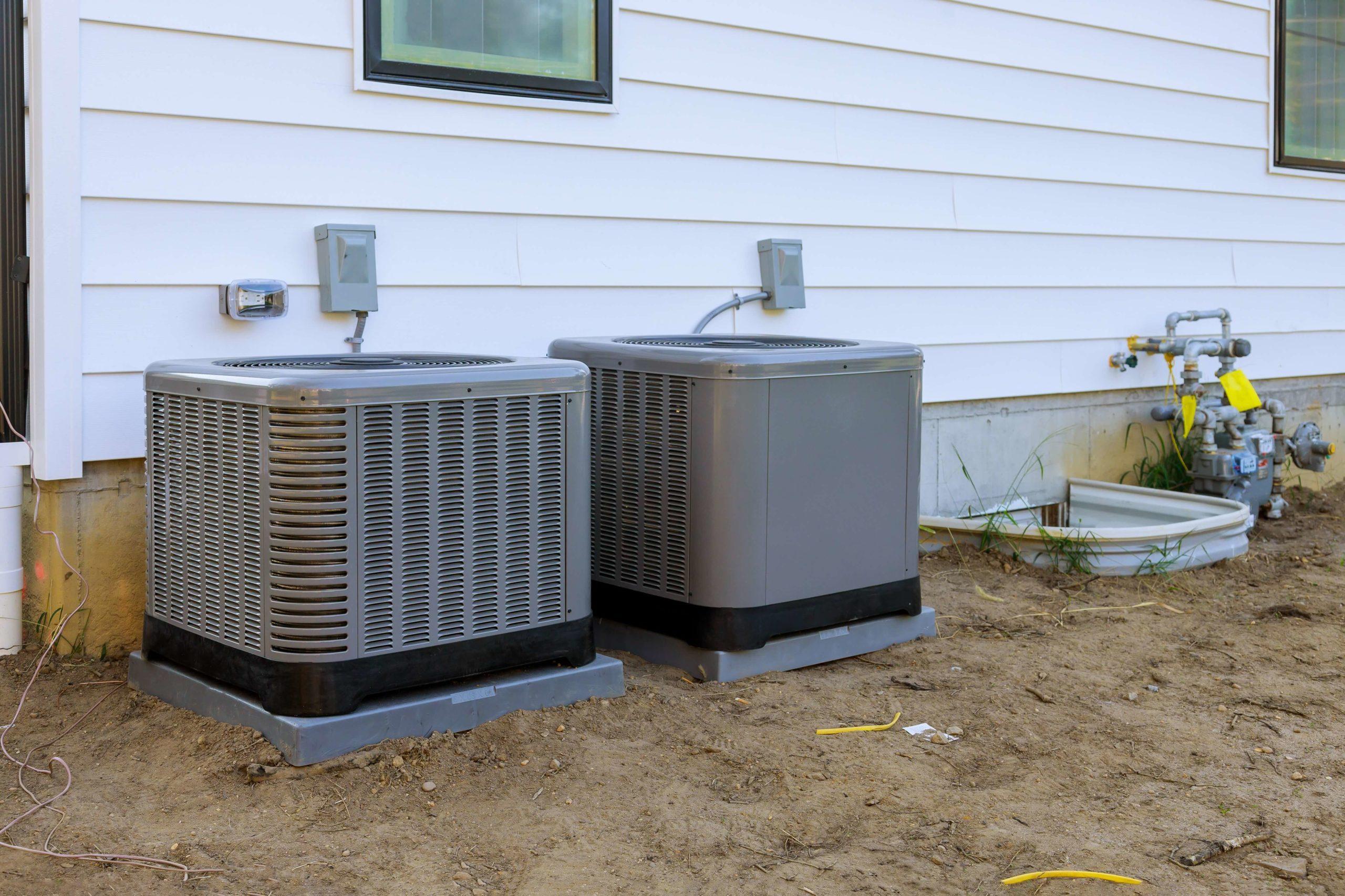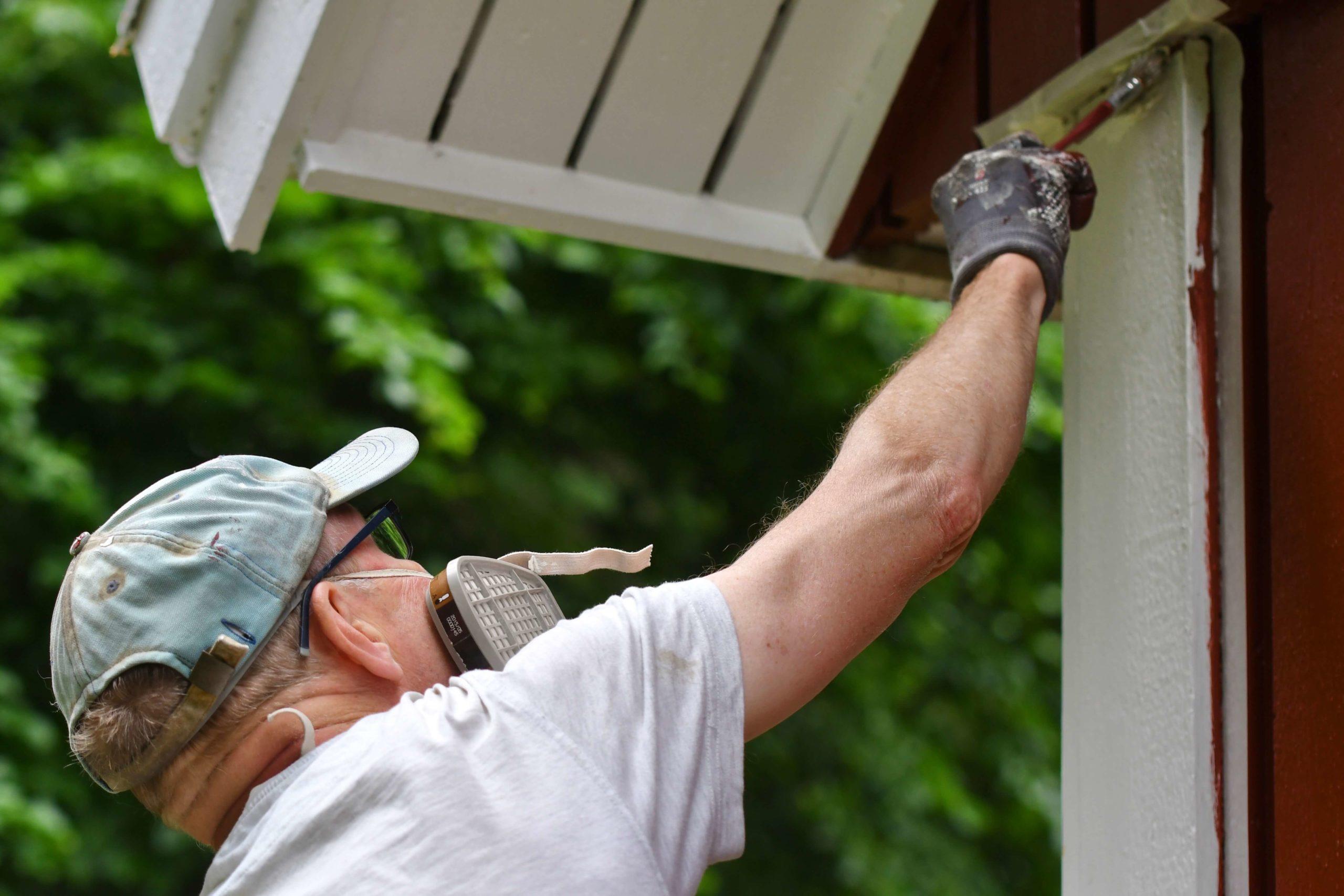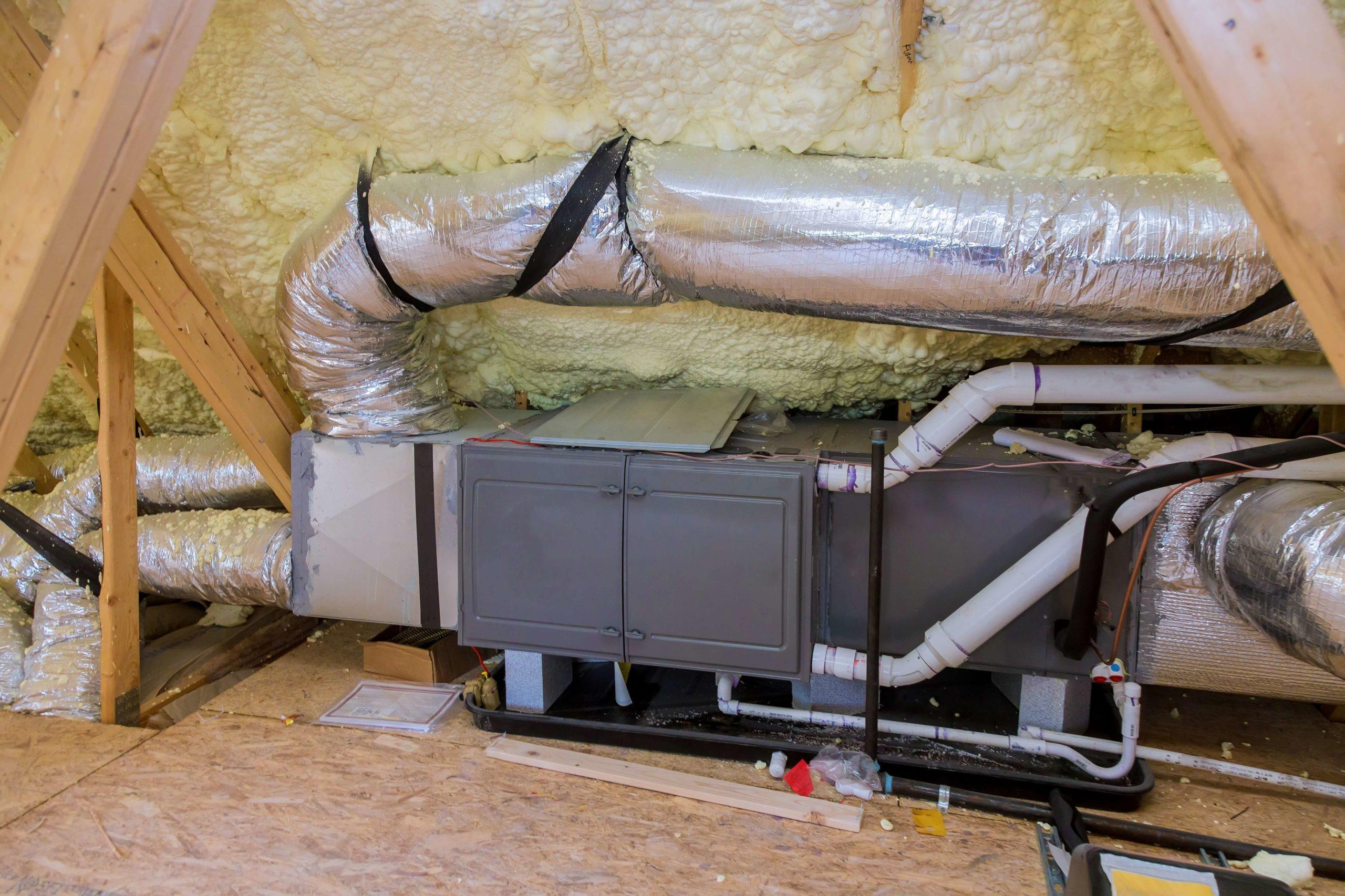Knowing When to Repair or Replace Your Roof
Eventually, every homeowner needs to make a decision about their roof. Are the issues and damages okay to just repair, or does the whole roof need to be replaced? If your roof is over a certain age, is it okay to patch it up or how do you know when it is time for a new roof? These are all common questions that homeowners everywhere have to deal with at some time or another.
Your roof isn’t like other renovations you make to your home. The condition of your roof affects every room in your house. The amount of energy loss through heat or air loss is highly contingent upon the condition of your roof as well. For these reasons, it is important to take roofing issues seriously and err on the side of caution whenever a true decision needs to be made.
Loose or Missing Shingles
A few loose or missing shingles is generally nothing to worry about too much. Shingles are easy to replace so repairing problems like this are quite easy and, in most cases, can be done by yourself as long as extreme caution is taken.
If you have a lot of shingles missing from a large area, this might be a sign that your roof is beyond the help of a few minor patch jobs and needs to be replaced. Also, if there are granules of shingle material in your gutters, this is a sign of advanced wear and means that it is time to replace your roof.
Leaky Spots
A few minor leaks can also be patched, but they need to be done immediately and properly. The slightest amount of water can spread and cause really bad, and expensive, problems very quickly. Dark or discolored spots are signs of more significant water damage.
It is highly recommended that you consult with a professional roofer to get leaks patched so the problem does not worsen.
Sagging
Sagging or bulging spots on your roof is a very, very bad sign that your roof needs to be replaced, and soon. These are the signs that your roof could be on the verge of caving in.
For issues this serious, do not delay in calling a roofing professional and having your roof replaced as soon as possible. A big hole in your roof is going to be a lot bigger of a problem, and so is the expense of the damages if that does occur.
Age
Typically, if your roof is over 20 years old, it is either time for a new roof or it is getting very close. There are certain roofing materials that are exempt from this rule, however. Tile, metal, or concrete roofs almost never need to be replaced except in the event of extensive damage. Of course, it takes a lot to damage a metal or concrete roof.
Keeping up with routine maintenance and performing regular inspections can extend the life of your roof. Make repairs and patch issues as soon as you can after they occur, and you can prevent them from becoming more serious issues down the road.








